Dujiangyan is a world cultural heritage (in 2000 UNESCO included in the "World Cultural Heritage" list), the world natural heritage (Sichuan Giant Panda Habitat), national key cultural relics protection units, National Scenic spots, national AAAAA-class tourist attractions.
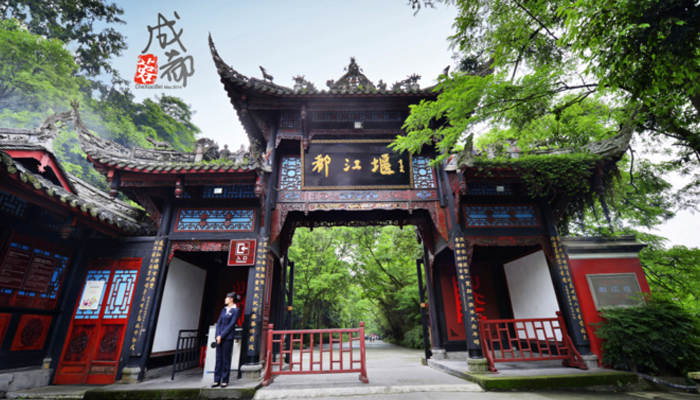
Dujiangyan is located in the west of Dujiangyan City, Chengdu City, Sichuan Province. It is located on the Minjiang River in the west of Chengdu Plain. It was built in the late years of Qin Zhaowang (about 256-251 B.C.). It is a large-scale water conservancy project organized by the father and son of Taishou Li Bing in Shu County on the basis of Bieling excavation by predecessors. The Chengdu Plain has been playing an important role in flood control and irrigation for more than 2000 years. It has become a "land of heaven" where floods and droughts come from thousands of miles of fertile land. Up to now, the irrigation area has reached more than 30 counties and cities with an area of nearly ten million mu. It is the oldest, the only great water left in the world, still in use and characterized by no dam diversion. Li engineering embodies the crystallization of diligence, courage and wisdom of the working people in ancient China.
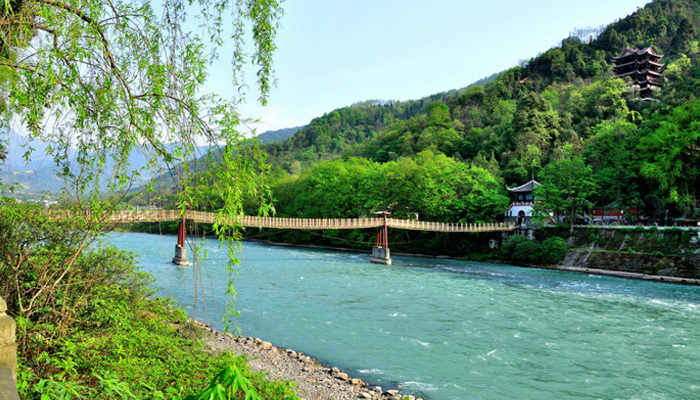
Dujiangyan scenic spots mainly include Fulongguan, Erwang Temple, Anlan Suoqiao, Yuleiguan, Lidui Park, Yuleishan Park, Yunufeng, Lingyan Temple, Puzhao Temple, Cuiyue Lake, Dujiangyan Water Conservancy Project and so on.
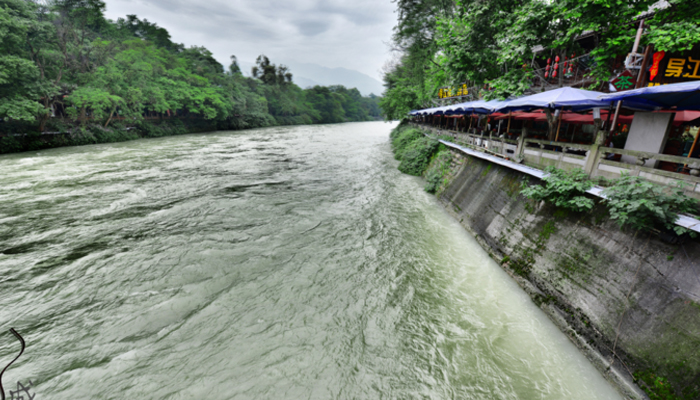
On August 13, 2018, the International Irrigation and Drainage Commission held in Saskatoon, Canada, at the 69th International Executive Council, the plenary session of the Council announced the World Irrigation Heritage List of 2018 (the fifth batch). Among them, China's Dujiangyan and other 4 projects have all been declared successful.
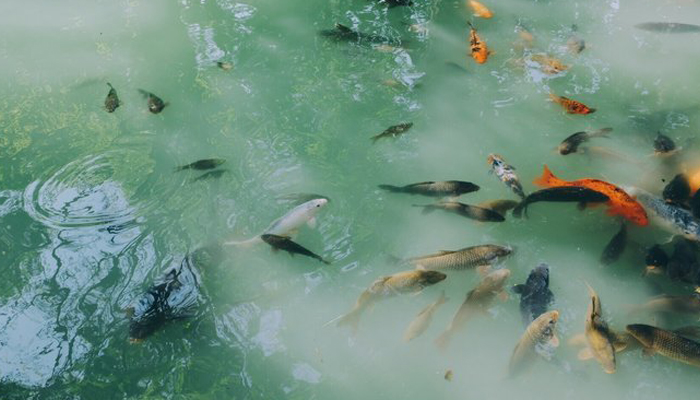
Dujiangyan
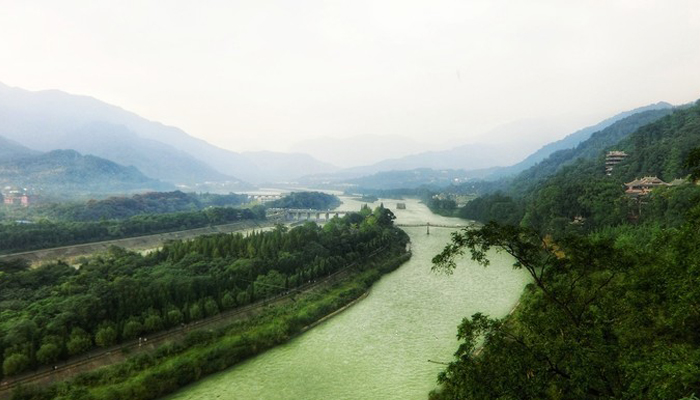
Dujiangyan
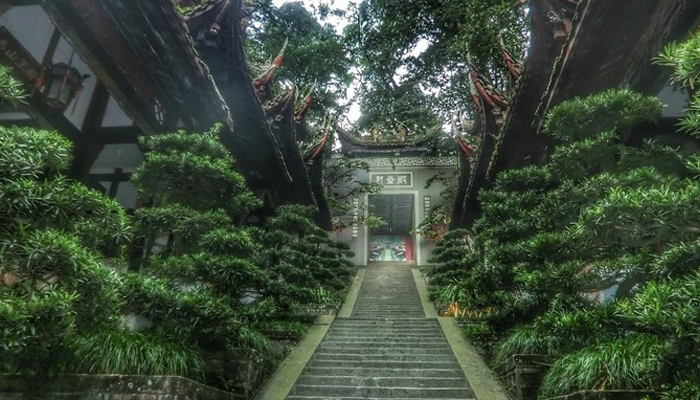
Dujiangyan
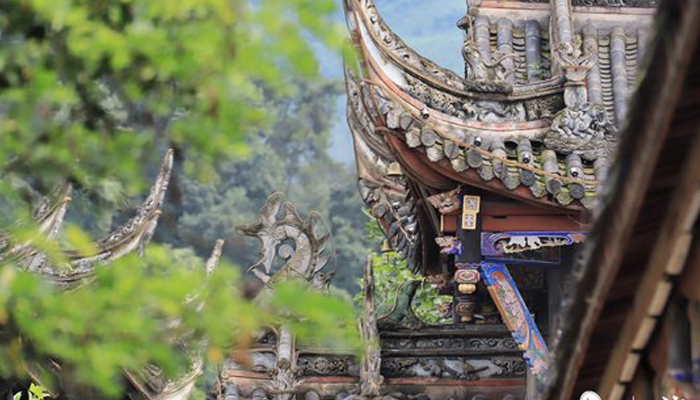
Dujiangyan
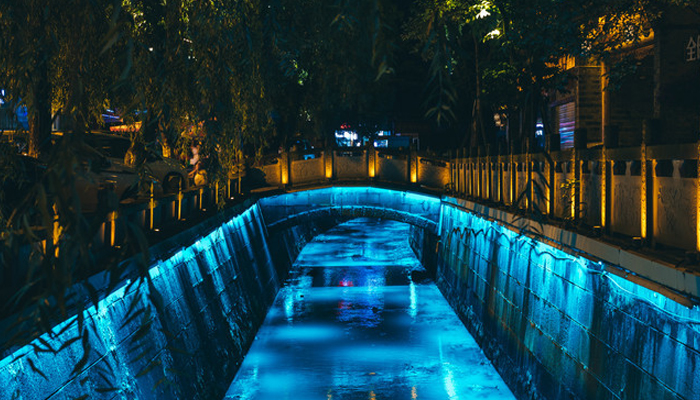
Dujiangyan
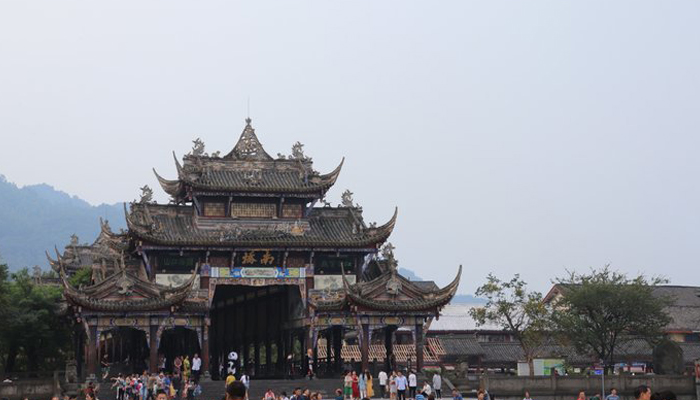
Dujiangyan
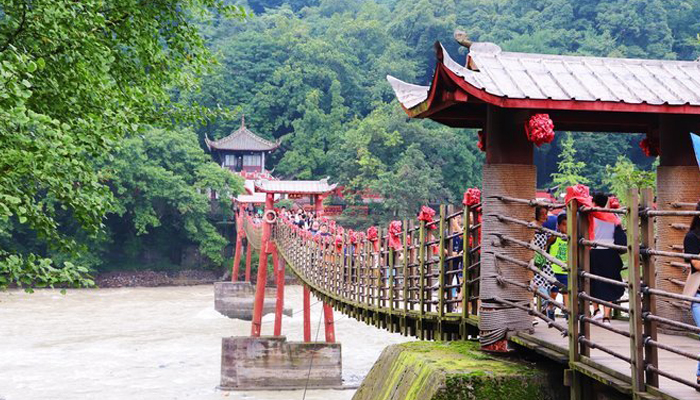
Dujiangyan
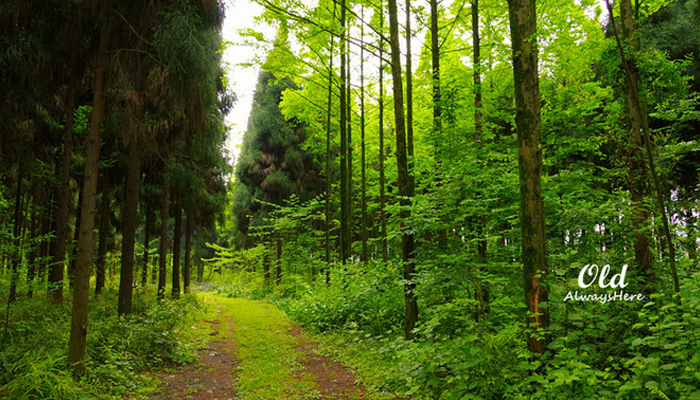
Dujiangyan
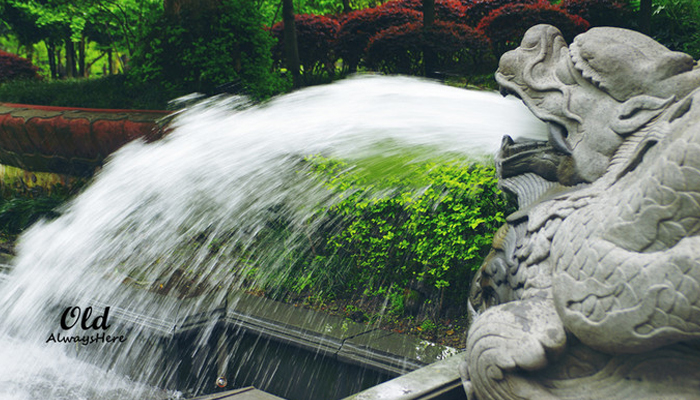
0 Questions
Ask a Question
Your email address will not be published.